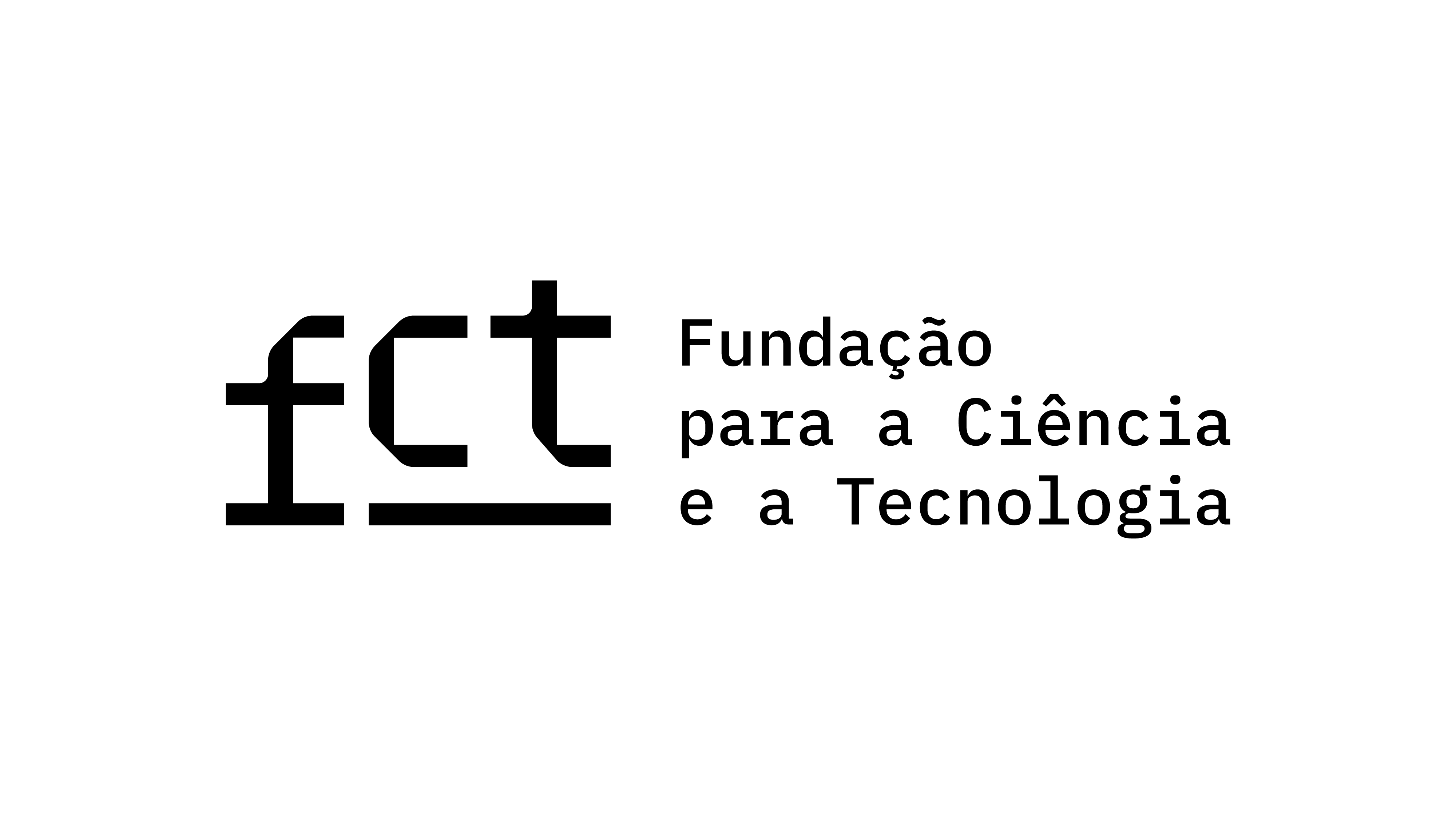"I’m painting death"
Ekphrasis and Precarious Inspiration in Louise Erdrich’s Shadow Tag
DOI:
https://doi.org/10.51427/com.jcs.2022.0008Keywords:
artist novel, Laura Eidt, muse, painting, postcolonial, relationshipAbstract
Today, world literature can be understood as including the literatures of the world, especially those that have been underrepresented before. It may also be associated with other arts such as painting and examine intertextual and intermedial relations to the construct of “the canon”. Therefore, in this essay, I examine the role of ekphrasis in Louise Erdrich’s artist novel Shadow Tag (2010) with the help of Laura Eidt’s typology for the analysis of ekphrases in literature and film. In the novel, fictional paintings are depicted as well as real works discussed, amongst others those of George Catlin in contrast to Native American Art. Ekphrasis in Shadow Tag is closely related to the often-difficult intra‑familial relations, namely between painter--protagonist Gil and his wife and muse Irene. Gil’s artwork in general, and specifically his “America” series are connected to the topic of colonialism, as his paintings evoke images of the exploited indigenous (Native American) body as well as to the topic of gender relations. Gil’s attitude towards his work and his muse shifts between attraction and repulsion, thereby fuelling his painting, whereas Irene experiences a growing discontent. The ekphrases are strongly influenced by the respective narrative focaliser, often to such an extent that depiction and depicted cannot be distinguished. This immanent topic of perception is multiplied in Irene’s writing and the narrative construction of the text.
Downloads
Downloads
Published
How to Cite
Issue
Section
License
Copyright (c) 2022 Kathrin Neis

This work is licensed under a Creative Commons Attribution 4.0 International License.
Compendium embraces online publishing and open access to all issues. Authors retain copyright and grant the journal right of first publication with the work simultaneously licensed under a Creative Commons Attribution 4.0 International (CC BY 4.0), that allows others to share the work with an acknowledgement of the work's authorship and initial publication in this journal.











